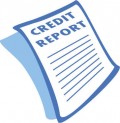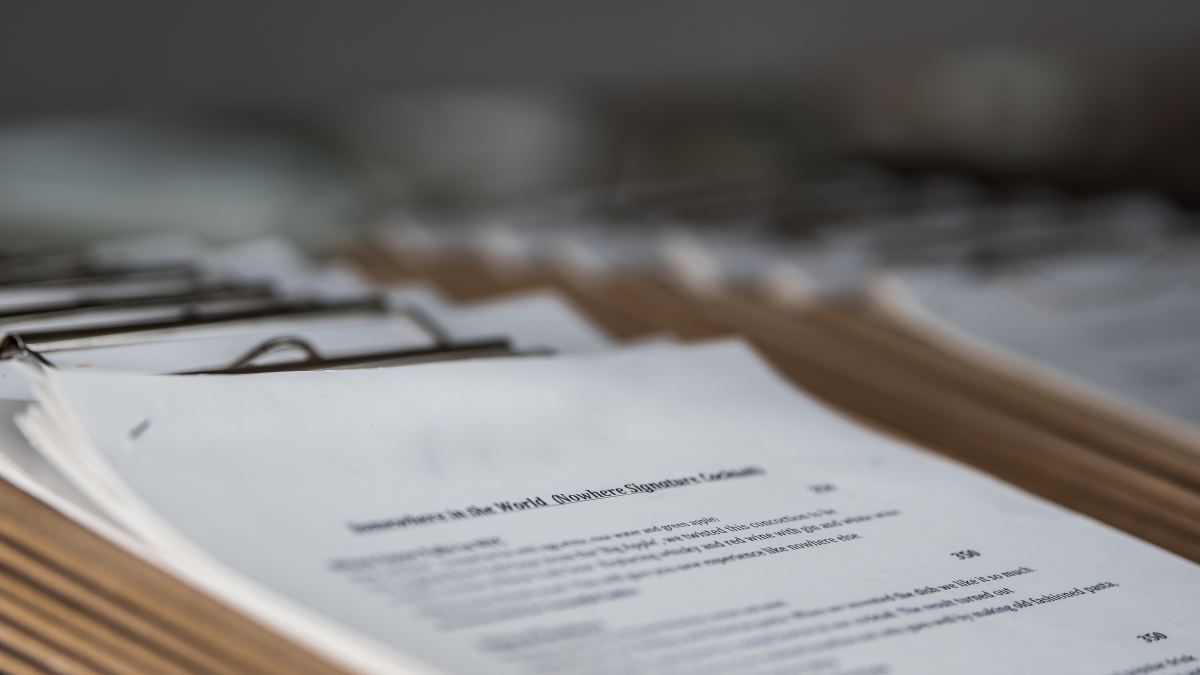The Crisis of Immediately Due Federal Student Loans: Defaults and Credit Damage

Federal Student Loans: Introduction
America is facing a major financial mess—and it’s hitting millions of student loan borrowers hard. After years of paused payments thanks to pandemic relief, federal student loans are suddenly back on the table. But the restart hasn’t gone smoothly. Many people didn’t realize payments were due again, while others just aren’t in a financial position to start paying.
The result? A massive spike in loan defaults—something we haven’t seen in years.
In this blog, I'll break down what’s behind the sudden return of student loan payments, why so many borrowers are defaulting, and how those defaults are quickly damaging credit scores in ways that can be life-changing.
This blog explores the sudden reinstatement of student loan payments, the extraordinary number of defaults currently occurring, and how those defaults are immediately impacting borrowers’ credit scores—often with devastating consequences.
Background: Pandemic Relief and the Pause of Payments
When the COVID-19 pandemic struck in early 2020, the federal government took unprecedented steps to shield borrowers from economic fallout. A pause on federal student loan payments was enacted, interest was frozen, and collections on defaulted loans were halted. This relief measure, originally intended to be short-term, was extended multiple times over the next three years.
For many borrowers, this payment pause was a lifeline. Monthly loan payments—often hundreds or thousands of dollars—were removed from their financial obligations. However, it also led to a sense of dormancy, where repayment became an afterthought. Borrowers adapted to life without the monthly burden, often reallocating funds to more immediate needs like rent, groceries, or healthcare.
But when the pause ended in 2023 and payments were reinstated in earnest in late 2023 and early 2024, the transition was far from smooth.

Mass Confusion due to Sudden Due Dates
Despite efforts by the Department of Education and loan servicers to communicate the resumption of payments, millions of borrowers were caught off guard. Some had outdated contact information in the system, others misinterpreted emails, and many simply assumed more extensions were on the horizon.
Moreover, the rapid shift from paused to active status in the repayment system triggered a bureaucratic avalanche. Borrowers who had previously defaulted were abruptly notified of wage garnishments resuming. Others discovered their forbearance requests were denied or delayed due to backlog issues. In numerous cases, borrowers who missed just one billing cycle found their loans reported as delinquent or even defaulted—without a grace period to rectify the issue.
My Personal Experience with this Madness
My name is Brian. I am a 43-year-old who took out two federal student loans, about 10 years ago, while attending a community college. I made my monthly payments, on time, up until having to file for bankruptcy. I recently completed my bankruptcy in April 2025. I was back on track to resume repaying my student loans. Out of nowhere, I received a letter that stated my Federal Student Loans were now in default and wage garnishment would begin in July 2025.
Like many borrowers, this took me by surprise. After completing hours of research, I learned that beginning May 5, 2025, the deferments that the government had granted would no longer exist. On May 6th, I received an alert about a drop in my credit score. The default had already hit my credit score hard—dropping it by over 50 points. That decline didn’t just affect a number on a screen—it meant real-world consequences: higher interest rates, credit denials, and the stress of climbing out of a financial hole, again! Throughout the pandemic-era payment pause, I was in the midst of a bankruptcy—navigating one of the most financially and emotionally taxing periods of my life. Understandably, federal student loan payments were not top of mind, especially given the widespread narrative that payments were indefinitely on hold.
My story is far too common. Borrowers already facing financial hardship were offered no buffer, no grace period, and no support as the system reactivated with bureaucratic coldness. My case illustrates a painful irony—federal student loan policies meant to promote opportunity, instead exacerbated an already precarious situation, pushing further students with loans from financial stability.

The Extraordinary Rise in Defaults
According to recent Department of Education data, more than 1.5 million federal student loans entered default within the first six months following the end of the payment pause—a sharp and alarming spike. This number is projected to rise, with some advocacy organizations estimating that nearly 20% of borrowers could end up in default by the end of 2025 if current trends continue.
Several factors have contributed to this surge:
- Lack of Awareness: A significant portion of borrowers simply did not know payments had resumed.
- Financial Instability: Inflation, rising rents, and wage stagnation have left borrowers with less disposable income.
- Servicer Errors: The transition between loan servicers during the pause caused numerous account discrepancies and processing issues.
- Policy Fatigue: After years of shifting timelines and changing rules, borrowers grew skeptical or apathetic toward official communications.
What Happens When a Loan Defaults?
Federal student loans typically enter default when a borrower has not made a payment for 270 days (about nine months). However, under some circumstances—especially involving older defaulted loans or bureaucratic errors—default status can be applied more quickly.
Once a federal loan is in default:
- The entire loan balance becomes immediately due and payable.
- The borrower loses eligibility for deferment, forbearance, and income-driven repayment plans.
- Wage garnishment and tax refund seizures may commence without a court order.
- The default is reported to all three major credit bureaus.
Immediate Impact on Credit Scores
One of the most immediate and damaging consequences of loan default is the blow it deals to the borrower's credit score. Federal student loan defaults can lower a person’s FICO score by as much as 100 points—or more—depending on their credit history. This drop can be catastrophic, especially for young adults who may have limited credit histories to begin with.
A plummeting credit score impacts several areas of life:
- Housing: Renters with poor credit may be denied leases or required to pay substantial deposits.
- Employment: Some employers check credit history during the hiring process, particularly for roles involving financial responsibility.
- Transportation: Poor credit can result in higher auto loan interest rates—or denial altogether.
- Future Borrowing: Low credit scores increase borrowing costs across the board, from mortgages to credit cards.
And the consequences are long-lasting. A default can stay on a borrower’s credit report for up to seven years, affecting financial opportunities long after the initial missed payments.

What Borrowers Can Do
If you're a borrower facing the threat of default, consider these steps immediately:
- Log Into Your StudentAid.gov Account: Verify your loan servicer, current repayment status, and contact details.
- Apply for Income-Driven Repayment (IDR): If you qualify, this can lower your monthly payment to as little as $0.
- Check Eligibility for Fresh Start: If you're in default, this may be your fastest path back to good standing.
- Request a Forbearance or Deferment: If your hardship is temporary, this can pause payments without entering default.
- Consult a Student Loan Ombudsman: If you're facing errors or miscommunication, these professionals can help resolve disputes.

Conclusion: A Call for Reform and Compassion
The surge in federal student loan defaults following the end of the payment pause has laid bare the vulnerabilities in our student lending system. It is not merely a problem of individual irresponsibility, but a systemic failure to prepare, inform, and support borrowers through a major transition.
The credit damage suffered by millions of Americans will ripple across the economy—slowing home ownership, increasing debt stress, and exacerbating wealth inequality. It is time for a renewed conversation around student loan reform that prioritizes clarity, affordability, and accountability.
As a nation, we must do better. These are not just numbers on a spreadsheet—they are teachers, nurses, artists, and engineers. They are our future. And they deserve a system that works with them, not against them.
If you are currently struggling with student loans, visit StudentAid.gov or contact a certified financial counselor for personalized assistance.
This content reflects the personal opinions of the author. It is accurate and true to the best of the author’s knowledge and should not be substituted for impartial fact or advice in legal, political, or personal matters.
© 2025 Brian Flowers








